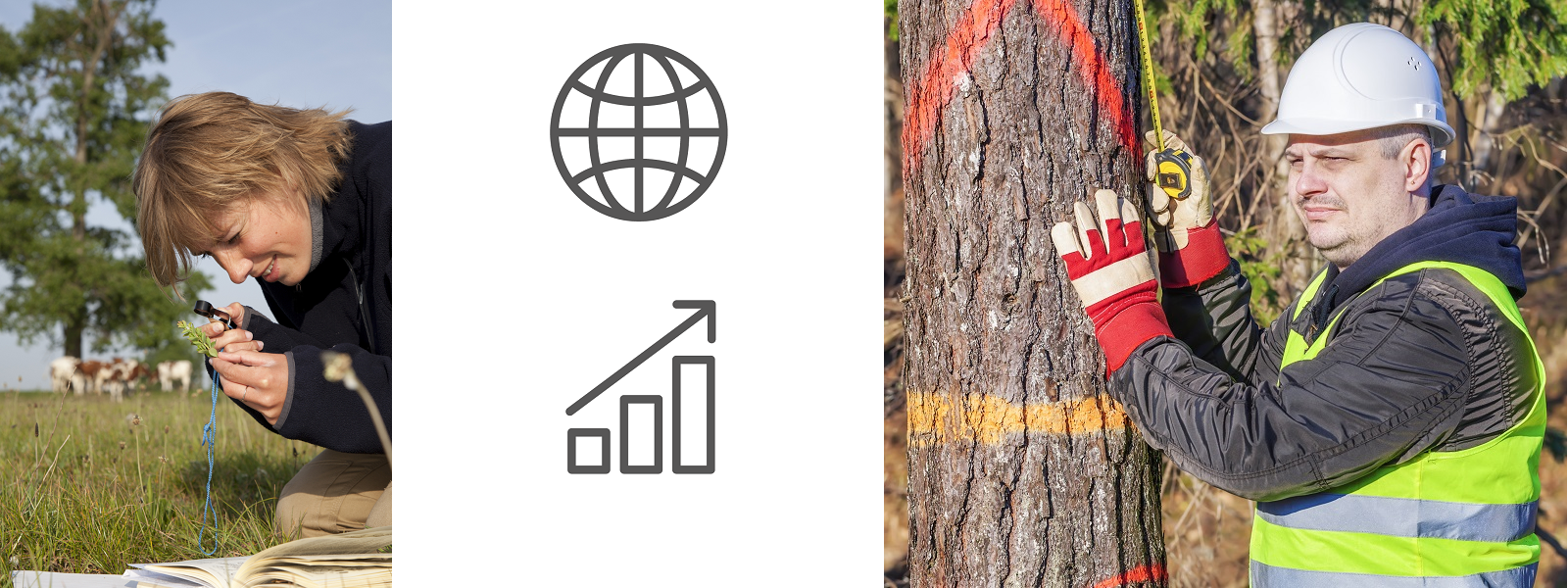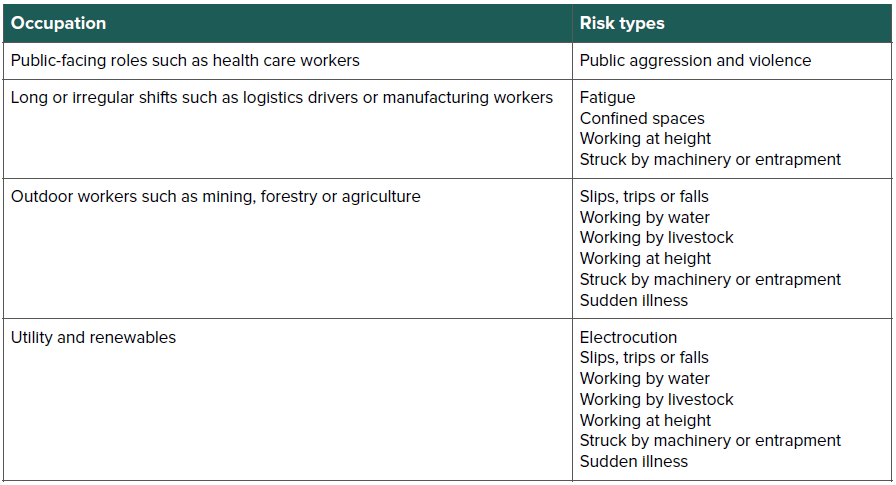The growth of global lone working
More than likely your organisation will employ or contract lone workers. Since 2021 a surge in lone working has been witnessed on a global scale and will continue to rise.

Lone workers globally
In 2019 a report estimated 53 million people worked as lone workers across the United States, Canada and Europe (Verdantix, 2019). The COVID-19 pandemic reshaped working practices increasing the adoption of home working and lone working worldwide. By 2021 in the USA it was estimated that 15% of the overall workforce were lone workers (Verdantix, 2021b). Using latest U.S. Bureau of Labor Statistics this means of the current 168.5m in the working population over 25m are lone workers in the USA alone.
Lone worker monitoring UK
In March 2024, the total Workforce Jobs (WFJ) in the UK estimate rose by 431,000 on the year to 37.2 million, with increases in both employee jobs and self-employment jobs. It is projected there are around 8 million lone workers in the UK, representing a significant 22% of the total working population. The UK is seen as the most mature lone worker market in Europe and globally.
Reasons for a rise in lone working
- Increased business costs with payroll being the largest expense.
- Advances in technology have made it easier for staff to work remotely.
- COVID-19 pandemic forced people to work from home and this practice has continued.
With increases in automation and leaner staffing models in modern industrial settings, lone worker practices are becoming increasingly more common, with an estimated 15% of the overall workforce considered lone workers.
Fostering a safety culture
How to better protect workers is multi-faceted with a number of complex drivers including:
- The rise in lone working itself.
- Demand for greater working flexibility and increased worker autonomy.
- Requirement for greater utilisation of resources.
- Rising employer awareness of their responsibilities.
- Cost to businesses of a workplace injury or fatality. In 2021 the total cost of workplace injuries in the USA was $167 billion and in the UK was £20.7 billion.
- Current focus on psychological safety (which means employees feel they won’t be punished or humiliated for raising ideas, concerns and mistakes).
- Focus by businesses on improving the implementation of their Environmental Social and Governance (ESG) policies.
- Business travel is expected to continue to grow in 2024.
- Extreme weather preparedness due to increasing severe weather events and natural disasters.
Safety for lone workers
Although lone workers encounter many of the same hazards as those who work alongside others, working alone can increase both the likelihood of incidents and the severity of adverse outcomes. In 2021 5,190 fatal workplace injuries occurred in the United States (BLS, 2022b) and in the UK 138 workers were killed in work-related accidents in 2023/24 (RIDDOR).
While injury rates for lone workers are largely unknown, survey and self-reported data provides insight into the true risk. A survey in 2021 reported that 68% of companies surveyed reported experiencing an incident involving a lone worker in the past three years, with 20% described as “quite severe” or “very severe” (National Safety Council 2023).
Lone workers are prevalent in all sectors from local authorities, healthcare, construction and engineering, utilities to charities. The risks associated with different industries and occupations require different deployment strategies and capabilities.

People working in the night-time industries can face a higher risk from getting home than those working more regular hours, with many public transport services ending at midnight and taxi services being expensive or too busy.
How Trackplot can help
Trackplot offers different solutions and functionality to suit different environments and lone working activities:
- Trackplot World is designed for protecting lone workers operating in remote or hazardous areas.
- Trackplot Mobile is for lone workers who have access to strong, reliable mobile phone reception.
- Weather and Environment: Trackplot’s Environmental Maps Service and Met Office Weather Warning Service enable employers and workers to anticipate severe weather and plan ahead, and assess lone worker vulnerability if there is a crisis.
